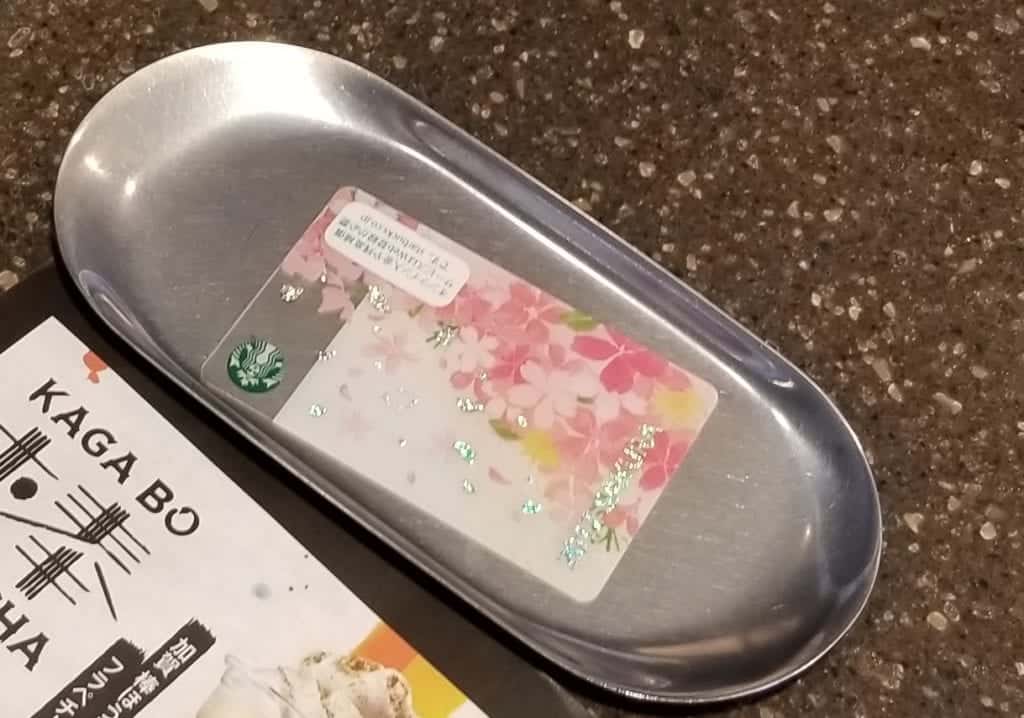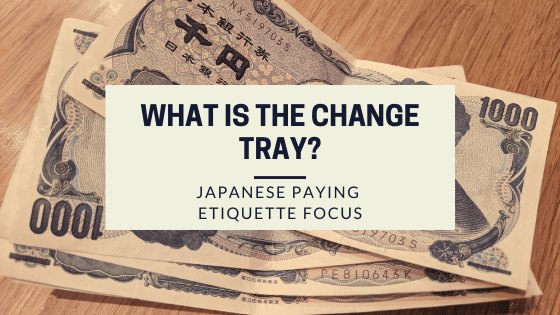Something innocuous that stands out most, for some reason, while paying for my coffee. Something that has become second place to me but that I’ve never seen in my 30+ countries except for Japan. This falls into the category of “things I wish I knew before coming to Japan”. You never hand money directly to the employee. Or very rarely. Instead, there is a small change tray in which you place your money and which the employee generally places your change in. Either that or very politely two hand present your bills back to you.
[Editor’s Note: This post was originally published in August of 2018 and has been updated for freshness, accuracy and comprehensiveness.]
Is Change Tray the actual name?
Learning Japanese has a way of driving ones love of etymology. Especially in a pictograph background, where did these words come from originally?
Disclosure: Kristenabroad.com is a participant in the Amazon Services LLC Associates Program, an affiliate advertising program in which I may earn a small commission by linking to Amazon.com and affiliated sites. The price to you is not affected!
正式名称アーカイブス. “Formal Name Archives”, which is amazing and explains origins of names (of course it’s all in Japanese… ). They are called “カルトン” (Carton, origins in French). However, after some further digging, I found that they have lots of names.
- つり銭トレイ or “Tsurisen torei”, in Japanese literally “change tray”
- 木製トレイ or “mokusei torei”, which basically means “wooden tray” – that one is boring
- キャッシュトレイ, which is the Japanese pronunciation of “cash tray”
- To that point, you can also have “コイントレー” or the Japanese pronunciation of “coin tray”. (Japan loves borrowed words)
Most interesting of all though, in my opinion, is 会計盆. Simply translated as “account tray”, it’s got more story in those characters. You see,会計 (kaikei) is 100% how you can ask for your bill in Japan. But that last character? 盆 is bon, which can be as in obon, Japan’s festival of the dead they have every summer. Sure, it can also mean “tray”. But I find it interesting that it just so happens that in the Edo period, most businesses ran on credit. And when was one of the times they collected? During obon!
That might not be remotely close to where it comes from but if you know how I love memory science for learning Japanese (and other studies!), the story makes it easy to remember!
Change Tray: The benefit
There are definite benefits to using the change tray to which highlights for other countries to perhaps adapt as well. One, they don’t start putting your money in the register until you’ve placed it all on the tray, therefore ensuring everyone knows how much money was given. This is especially nice when you are not use to the currency you just got from the ATM and counting takes you a bit longer.
Japan loves their coins. Did you know they have the equivalent of a $5 coin?! The trays make it quite easy for counting out coins. As a mostly cash society, it’s always a game to get rid of as much as possible. In a currency where the first bill is equivalent of $10 USD, you end up with a lot of change.
Another plus? Some people don’t like being touched! And you could argue that in this day and age, that’s especially a good thing for hygiene purposes. Granted, you still have to touch the money but less person to person contact.
Outside and worried your money will blow away in the breeze like cherry blossoms off a tree? There is usually a weight handy that can be placed on your money so that it can be counted.

Japanese Paying Etiquette
Whenever you notice a small tray at the register, make sure to place your money or credit card there. Any change due to you will also be placed on the tray for you to grab.
Often in restaurants, your bill for your meal may also be delivered on a tray like this. Did you add to your order? That’s pretty customary in Japan as often dishes are small and you order a lot of them. I get weird looks when I order additionally at my meal in America! Don’t worry, you will just get another receipt.
If you noticed a register on your way in, most likely you will take everything to the front to pay. Bring the tray with! Start the whole transaction by placing your receipt in the change tray first and then adding your money.
What customs have you seen for paying around the world?

